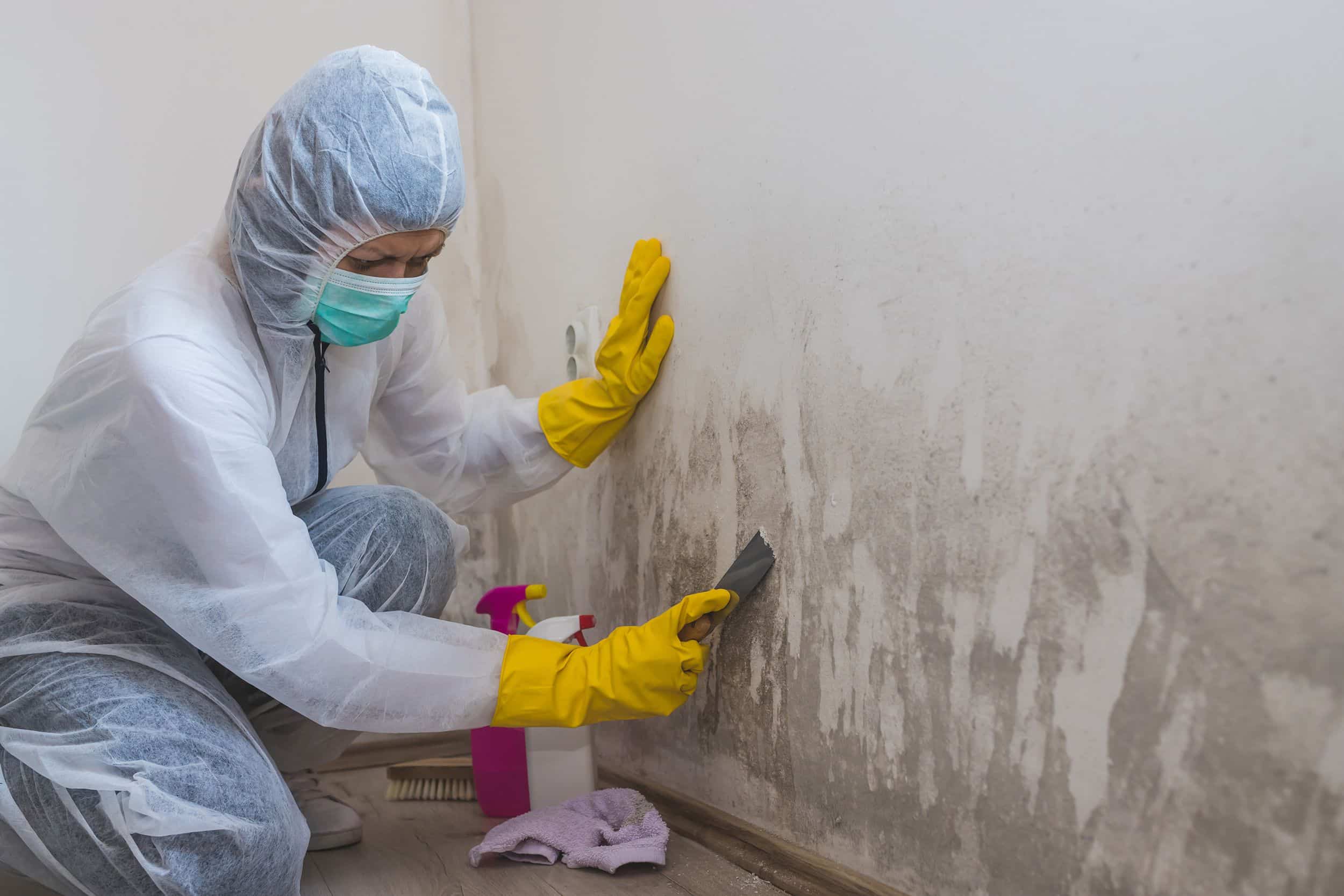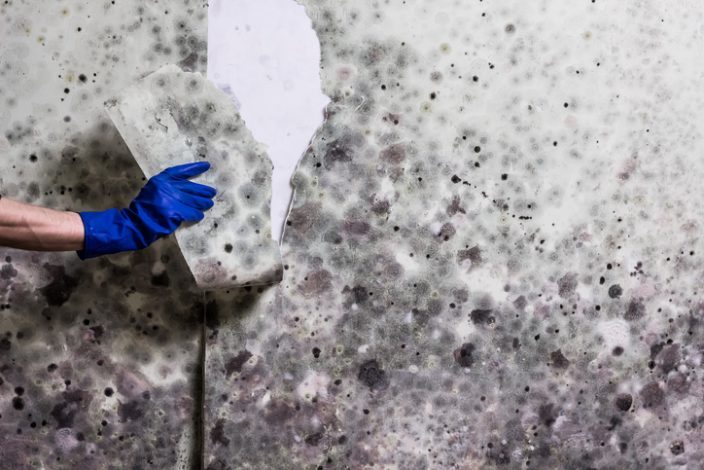Testing Air Quality After Mold Remediation
Testing Air Quality After Mold Remediation
Blog Article
Effective Article Mold And Mildew Removal Solutions for Your Home
Mold growth in homes can be a consistent problem, commonly calling for a methodical approach for reliable post-remediation remedies. From comprehending the elements that contribute to mold advancement to applying correct cleansing methods and wetness control procedures, the procedure can be complex yet vital for preserving a healthy living setting. In addition, discovering natural removal solutions and establishing a regular for continuous maintenance are essential parts of a detailed mold removal technique. As home owners strive to attend to mold problems, locating one of the most efficient options becomes vital for the well-being of their households.
Recognizing Mold And Mildew Development Aspects
The primary element contributing to mold development is dampness. Mold and mildew spores require dampness to grow and sprout, making humid or damp atmospheres extremely vulnerable to mold infestations.

Furthermore, air movement and light exposure can affect mold and mildew growth. Locations that lack correct ventilation and all-natural light are more vulnerable to mold growth. By dealing with these variables comprehensively, people can effectively alleviate mold and mildew growth and protect their living settings.
Proper Mold Cleansing Strategies
Making use of reliable cleaning techniques is necessary in addressing and preventing the recurrence of mold and mildew contamination in interior atmospheres. The very first step in proper mold cleansing is to consist of the affected location to protect against the spread of spores to unpolluted areas.

Applying Moisture Control Measures
To successfully protect against mold and mildew development and contamination in indoor atmospheres, carrying out wetness control measures is vital. Dampness is the key factor that fuels mold development, making it vital to take care of moisture degrees within the home. One reliable action is to make use of dehumidifiers to maintain indoor humidity degrees listed below 60%. In addition, ensuring proper ventilation in areas prone to moisture buildup, such as bathrooms and kitchens, can assist lower the threat of mold and mildew growth. Consistently evaluating and fixing any type of leakages in plumbing, roofing systems, or windows is additionally crucial in protecting against excess dampness build-up. Making use of exhaust followers while food preparation or showering, and enabling air flow by keeping furnishings somewhat away from wall surfaces can help in dampness control. Making use of moisture-resistant materials in high-humidity locations, such as mold-resistant drywall and paints, can be helpful. By vigilantly carrying out these wetness control actions, property owners can properly minimize the chance of mold recontamination and keep a healthy interior atmosphere.
Utilizing Natural Removal Solutions
After effectively applying moisture control procedures to prevent mold growth in indoor settings, homeowners can now check out the performance of all-natural remediation options in keeping a healthy and balanced living space. Natural remediation options utilize eco-friendly approaches to battle mold and mildew, making them a popular selection for those looking for safe choices. One such solution is using vinegar, a mold removal in body natural antimicrobial agent, to clean and disinfect surfaces polluted by mold. Simply water down vinegar with water and spray it onto the impacted locations, permitting it to rest for a couple of hours before wiping clean. Furthermore, tea tree oil, understood for its antifungal residential or commercial properties, can be combined with water and splashed onto mold-infested surfaces to inhibit further development. An additional all-natural alternative is hydrogen peroxide, which can effectively eliminate mold and mildew on different surfaces without leaving hazardous residues behind. By integrating these natural remediation remedies right into their cleaning routines, property owners can efficiently deal with mold and mildew development while promoting a healthier indoor setting on their own and their households.

Keeping a Mold-Free Environment
On a regular basis checking areas vulnerable to mold and mildew growth, such as restrooms, attic rooms, cooking areas, and original site cellars, is important. Proper air flow in areas with high moisture degrees is also vital to protecting against mold development.
Additionally, preserving tidiness in the home is crucial for mold and mildew avoidance. Maintaining interior plants in check and ensuring proper drain in outside landscape design can decrease dampness accumulation, lowering the probability of mold and mildew invasions.
Final Thought
In conclusion, it is important to resolve mold development elements, make use of correct cleansing techniques, implement dampness control steps, make use of natural removal solutions, and maintain a mold-free setting in order to efficiently handle message mold and mildew remediation in your house - Post Mold Remediation Report. By complying with these strategies, you can stop mold and mildew from recurring and make sure a healthy and balanced living environment for you and your household
The main aspect adding to mold growth is wetness. Mold and mildew spores call for moisture to germinate and flourish, making wet or moist atmospheres extremely at risk to mold and mildew invasions.To properly prevent mold growth and contamination in indoor atmospheres, carrying out dampness control actions is critical. Additionally, making sure correct ventilation in areas prone to moisture buildup, such as restrooms and kitchen areas, can assist decrease the risk of mold growth.After successfully implementing wetness control procedures to protect against mold and mildew development in interior atmospheres, home owners can currently check out the performance of all-natural removal options in preserving a healthy see it here living space.
Report this page